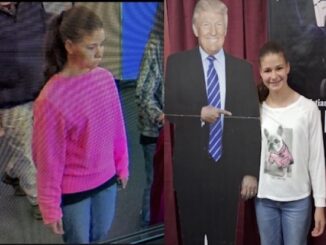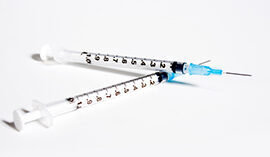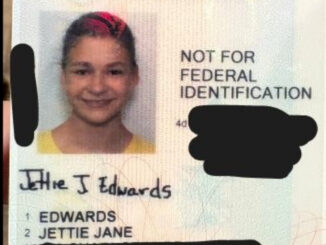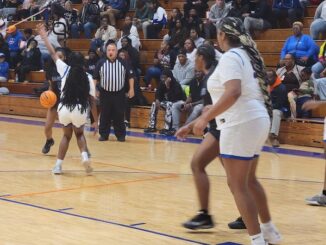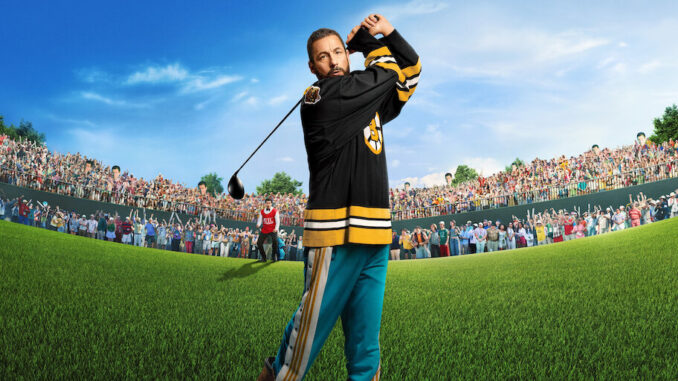
MOVIE REVIEW – Happy Gilmore 2
By Anthony Ferrara
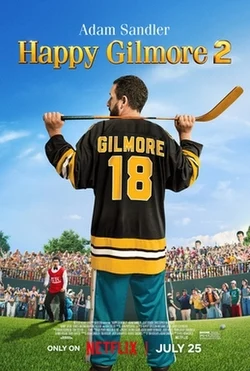
Divisive ’90s sequel that’s “surprisingly heartwarming” storms to top of Netflix trending chart.
The soft clang of a golf club hitting a ball echoes in the quiet expanse of a lush green course, and for a moment, you almost forget how much time has passed. But then, you see him—Happy Gilmore, the short-fused golfer with a heart as big as his temper, now older, grizzled, and surprisingly more vulnerable than the hot-headed guy who made a name for himself nearly three decades ago.
The sequel, Happy Gilmore 2, is more than just a nostalgia trip. It’s an unexpected revisit to the life of a man who’s been knocked down by the years, by life, and by his own impulsive decisions.
This time, though, it’s different. It’s not just about winning; it’s about something far more meaningful. Adam Sandler, effortlessly slipping back into the skin of Happy, portrays a man who is struggling to reconcile his past bravado with the quieter, more reflective version of himself now. There’s no glory-seeking here, no anger-fueled rage driving his every swing. Instead, it’s all for something else: his daughter, Vienna, who dreams of dancing at a Paris ballet academy. And, like any father would, Happy is willing to do anything to make that dream come true—even if it means stepping back onto a golf course that left him behind long ago. The film walks that fine line between comedic absurdity and heartfelt sincerity, something the original movie had in spades.
As we watch Happy awkwardly trying to navigate the world of professional golf once more, it’s hard not to smile at his blend of misfit charm and determination. There are moments that make you laugh out loud, sure—like when he once again locks horns with the smug Shooter McGavin, played by Christopher McDonald, or when Ben Stiller’s Hal L. makes an unexpected return. But there’s also something strangely moving about seeing Happy, now a father, use his chaotic energy for something greater than himself. The jarring mix of goofy gags and tender moments hits an emotional note, creating a surprising balance in a film that could have easily fallen into mindless slapstick. Some critics have called the sequel a “riotously silly” affair, a wild ride filled with cameos that come thick and fast, almost like a nod to the carefree spirit of the ’90s.
It’s clear that not everyone is sold on the emotional depth, with some claiming that it fails to hit the same heartwarming notes as the original. And yet, Happy Gilmore 2 manages to deliver a satisfying experience for those who are willing to embrace its messy charm. It doesn’t try to be something it’s not, and it doesn’t pretend that Happy is some idealized version of himself. Instead, it lets him be real, raw, and, in the end, genuinely caring in his own unique way. What’s perhaps most surprising about the sequel, though, is how much it captures the essence of time passed—how much both Happy and the world around him have changed. While the film is definitely a product of its time, it doesn’t fall into the trap of trying too hard to recapture the magic of the past. Instead, it simply asks, “What if?” What if Happy could come back? What if, after all this time, he could finally swing for something worth fighting for? The result is a film that may not be perfect, but it’s undeniably sincere in its own flawed, funny way.
So, for all its critics, Happy Gilmore 2 has found a spot at the top of the Netflix charts for a reason. It’s a warm, chaotic, sometimes sentimental love letter to the character, to the people who grew up with him, and to the messy, wonderful journey that is parenthood. Whether you were hoping for the same brash antics or just a few laughs along the way, this sequel proves that sometimes, all it takes is a little heart and a lot of swing.
I Give This Movie 8 Out of 10 Stars
– Anthony Ferrara
Anthony Ferrara is a Movie and Television Aficionado, Screenwriter, and Independent Movie Producer who hails from the Finger Lakes Region of Upstate New York. The comments in this review are the opinion of Anthony Ferrara and not necessarily those of the Staff and Management of Columbus County News.








